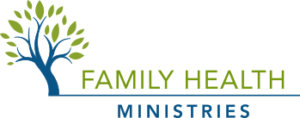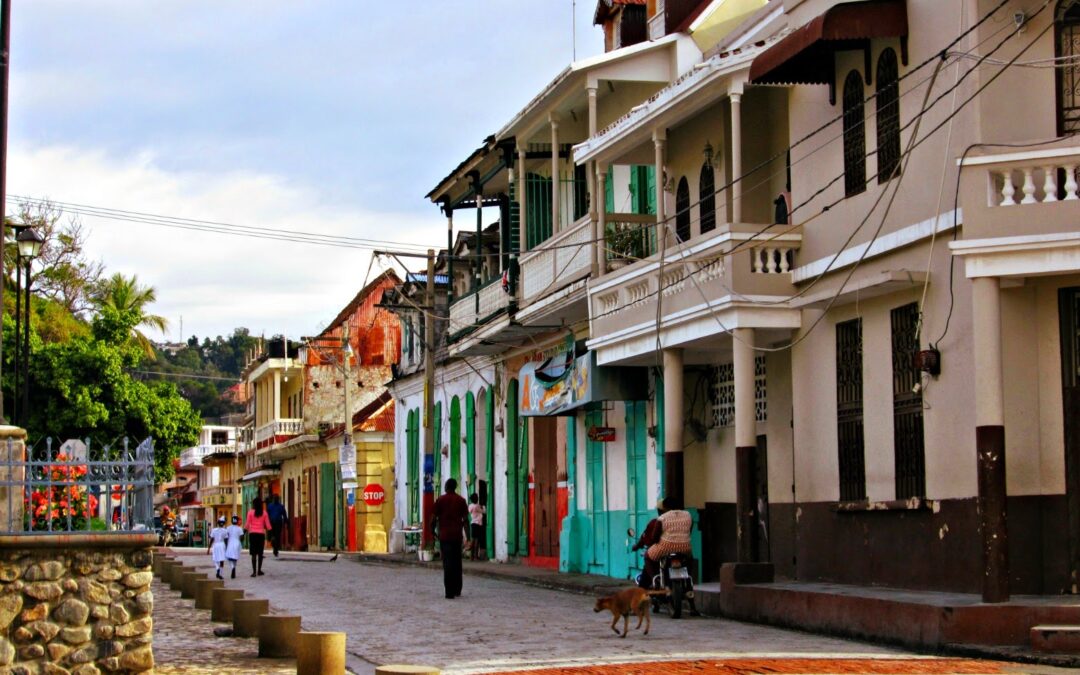By: Sarah Beaverson
When I first arrived in Haiti, I was overwhelmed by the foreign language I heard around me. I struggled to understand individuals and the Haitian Creole words being yelled across the streets. After mastering the basic “Bonjou” and “Bonswa” (good morning and good afternoon – two of the most common greetings in Creole) I could tell the difference when I greeted women throughout Leogane (the community our group has been working in this summer). Women were always polite and responsive to the greeting despite my obvious American accent. However, once I learned this simple greeting, I could tell how little I really knew and how important trying to understand the Creole language would be in my 8 weeks of fieldwork here.
In between our work days conducting surveys about contraception knowledge and interviewing community health works on women’s mental health in Haiti, our research team takes Creole lessons twice a week. Our lessons are taught by Berlyne, one of our two fantastic translators. These lessons have been enormously helpful, and as I began to learn more Creole vocabulary and grammar, I also began to learn more about Creole’s history and its important in shaping the culture of Haiti today.
Haitian Creole was developed out of a form of French used as communication between slave communities in seventeenth and eighteenth century Haiti. It is believed that many of the Africans who were originally enslaved in the French colony of Saint-Domingue (now Haiti), not having a major form of schooling or education, adopted the French vocabulary spoken by French settlers and modified it with traces of various West African languages. Creole was initially considered a form of slang reserved for the lower class. Over time, Creole become the dominant spoken language; however, only French was taught in schools. It wasn’t until 1987 that the government formally recognized Creole as a second official language.
Despite its national recognition, Creole has yet to be successfully incorporated into education systems, so most kids go to school learning to read and write in French while still speaking Creole at home. I was shocked to learn this disconnect between the language taught in school and the language spoken in the home. However, it did seem to explain some of my observations in the community. Most of the women we interviewed could not read or write in Creole. They could speak Creole perfectly; however, when we handed out the consent form in Creole most people couldn’t read it. This disconnect in the education system has unfortunately had a serious impact on the literacy rates in Haiti.
Because French is the official language in education, those who speak and write French fluently are often seen as a socially elite, upper-class with higher status. My research team and I witnessed the effects of this class divide when one doctor we interviewed was offended that our consent form was in Creole and not French as this suggested we thought he was less educated than he was. Even today, there are still traces of a class divide from the language and education policies established in Haiti over 100 years ago. These are just some examples of the ways in which Creole has shaped the history and culture of Haiti today.
Five weeks into my fieldwork, every member in our group has come a long way in our Creole skills. Although I still mix up at least weekly the words relli and remen so that, instead of saying “my name (relli) is Sarah”, I introduce myself “mwen remen Sarah” – “I like Sarah” (it has become a joke almost every time I introduce myself), I have improved a lot from where I started. I found during my time here that the more Creole I learn, the more rewarding my fieldwork becomes. When I start to understand snippets of the women’s responses to our surveys, or I see myself recognizing words and phrases on buildings and signs, I feel myself appreciating the Leogane community and Haitian culture more.
I am grateful for the experience I’ve had this summer to work in Leogane and witness first hand the power and importance of language in global health fieldwork. I am grateful for my teammates who have learned with me along the way. I am eternally grateful to my translators who have patiently helped me every time I stumble and who have helped me establish a relationship with community members. And, most importantly, I am grateful to the community members of Leogane for their courtesy and willingness to share with me part of their lives and culture.

